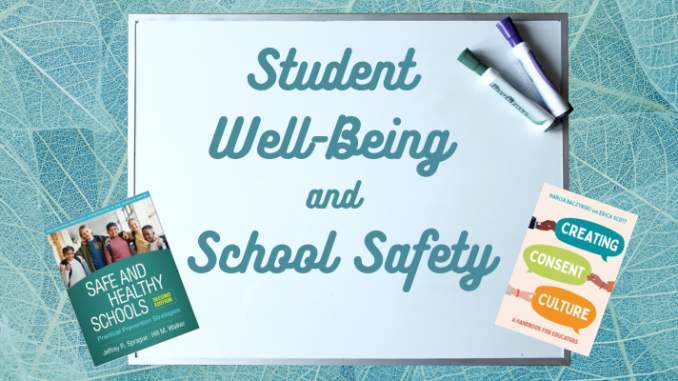
By Judy Ameline, Judy Chyung, and Emily Thompson
We hope you enjoy this reading list, curated by Librarians at the TDSB Professional Library in the Library Learning Resources and Global Education Department of the Toronto District School Board.
Links to the TDSB Professional Library Catalogue have been provided for informational purposes, but the items are accessible to TDSB staff only.
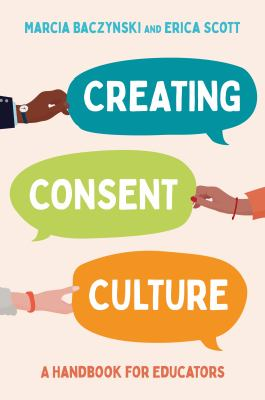
Baczyski, M and Scott, E. (2022). Creating consent culture: A handbook for educators. Jessica Kingsley Publishers. eBook
This book helps educators discuss consent issues with teens. The interactive exercises help students challenge common assumptions about consent and coercion and focus on consent in all interactions, not just sexual ones. Students explore skills that help them to increase their relational intelligence and build positive, reciprocal relationships.
Barron, L., & Kinney, P. (2021). We belong: 50 strategies to create community and revolutionize classroom management. Alexandria, VA: ASCD. eBook
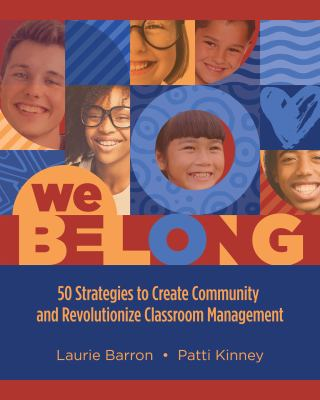
We Belong covers a range of topics—from behavioral expectations to conflict resolution to more effective collaboration— and offers strategies to increase students’ sense of belonging and reinforce the habits that support classroom harmony and student achievement. The authors explore the relationship between belonging and classroom management and share specific ways to:
- Build positive relationships and foster a sense of community
- Create spaces that feel physically and emotionally safe for all
- Teach and foster social-emotional competence
- Increase student engagement and motivation
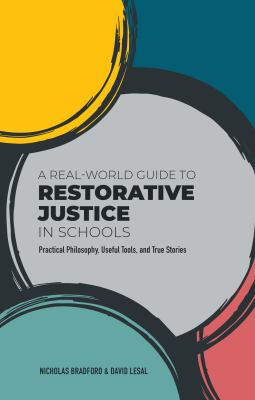
Bradford, N., & LeSal, D. (2021). A real-world guide to restorative justice in schools: Practical philosophy, useful tools, and true stories. Philadelphia: Jessica Kingsley. eBook
This book demonstrates the benefits of restorative justice for schools. The authors outline the importance of conflict and describe the stages of a restorative circle. By decreasing the need for suspensions, and increasing academic outcomes,restorative justice can improve the health of the entire school community.
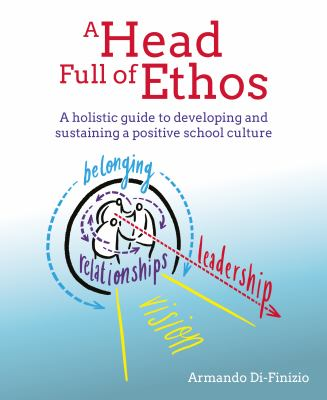
Di-Finizo, A. (2022). A head full of ethos: A holistic guide to developing and sustaining a positive school culture. Crown House Publishing eBook
In A Head Full of Ethos the author describes the elements of school improvement that he has found successful and explores the key factors that contribute to a positive school culture and foster a healthy teaching and learning environment.

Drew, N. (2020). Create a culture of kindness in elementary school: 126 lessons to help kids manage anger, end bullying, and build empathy, grades 3-6. Free Spirit Publishing. Print
This resource provides lessons to help nurture a positive and empathetic atmosphere in the grades 3-6 classroom. The author describes how educators can help students learn better and feel more confident in a safe and respectful environment by teaching them to:
- Foster kindness, compassion, and empathy
- Manage anger and respond to conflict
- Deal with bullying
- Accept differences
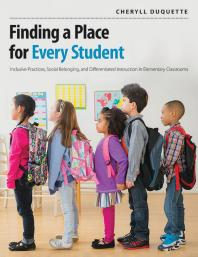
Duquette, C. (2022). Finding a place for every student: Inclusive practices, social belonging, and differentiated instruction in elementary classrooms. Pembroke Publishers. eBook
This book provides strategies for K-8 teachers to ensure that all their students develop a sense of social and academic belonging in their classrooms.The author highlights differentiated instructional strategies as a way to promote a sense of academic belonging in the students with diverse needs. The greater part of this book is devoted to discussing the symptoms and characteristics as well as practical strategies for instruction and social inclusion for students with exceptionalities.
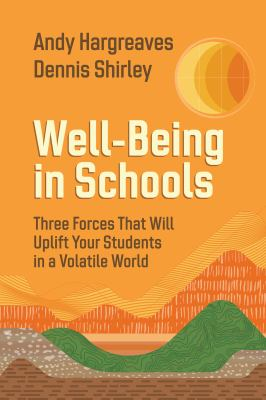
Hargreaves, A., & Shirley, D. (2022). Well-being in schools: Three forces that will uplift your students in a volatile world. Alexandria, VA: ASCD. eBook
This book provides breakthrough insights into how to improve students’ well-being in schools. The authors first explain what well-being is, the theories of well-being, and why well-being is a priority for schools and our society. They then expand on three forces that can positively affect students’ well-being: prosperity for all rather than austerity with the goal of creating a better quality of life for everyone; ethical rather than overly exuberant uses of digital learning technologies by examining their associated risks and dangers; and engaging with restorative nature that helps to establish early relationships with nature that builds a foundation for environmental sustainability.
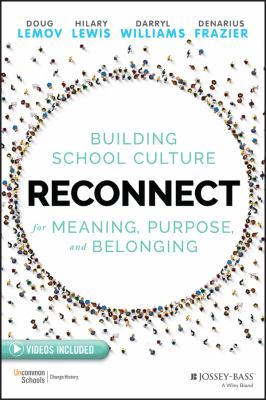
Lemov, D., et al. (2022). Reconnect: Building school culture for meaning, purpose, and belonging. Newark, NJ: John Wiley & Sons. eBook
This book provides practical solutions to counter the isolation felt by K-12 students. The authors start by describing the three problems that students faced before the pandemic but were exacerbated with the occurrence of the pandemic: the highly addictive nature of social media that leads to rewiring of the brain; declining levels of trust in institutions, including schools, that create disconnect; and extreme individualism that increase isolation while lowering a sense of belonging. To combat or mitigate the effects of these trends, the authors highlight effective programs in high-performing schools where they are creating school environments that foster a sense of belonging and community.
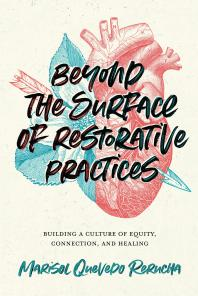
Rerucha, M. Q. (2021). Beyond the surface of restorative practices: Building a culture of equity, connection, and healing. San Diego: Dave Burgess Consulting. eBook
The author sets out to introduce Indigenous restorative approaches and mindset, and describes ways to develop restorative practices through circles, active listening and reflection. The book has sections that describe how trauma impacts relationships, and how to build an organization-wide culture of healing and well-being in a holistic and humanistic framework.
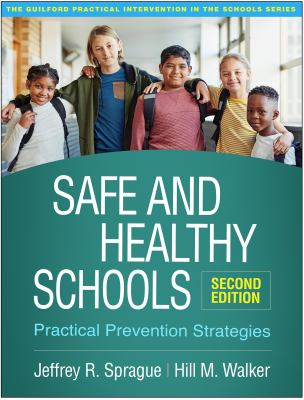
Sprague, J.R., & Walker, H. M.(2022). Safe and healthy schools: Practical prevention strategies. New York: Guilford Press. eBook
This updated version of the book provides practical school safety prevention strategies and promising innovations that school administrators can implement school-wide. The book describes an overview of the historical and current landscape of school safety in the United States and recommends current approaches to behavioral screening, needs assessment for planning and evaluation, and intervention. The book covers causes and treatment for bullying and harassment, and outlines the latest intervention strategies for antisocial and potentially violent youth.
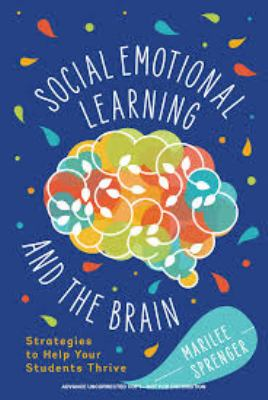
Sprenger, M. (2020). Social emotional learning and the brain: Strategies to help your students thrive. Alexandria, VA: ASCD. eBook
A student of the brain for more than 30 years, Marilee Sprenger examines the intersection between brain activity and social-emotional learning (SEL) as it relates to students’ stress management, self-awareness, impulse control, decision-making, and more. The term “SELEBRATE” (“SEL Elicits Brain Responses Appropriate To Experience”) defines her work. Brain functioning is explained in a clear and accessible way: a glossary is included, along with practical activities, if/then charts, and recurring segments like Every Student Has a Story.
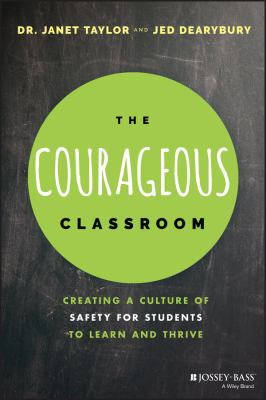
Taylor, J., & Dearybury, J. (2021). The courageous classroom: Creating a culture of safety for students to learn and thrive. Hoboken, NJ: Jossey-Bass. eBook
Noting how “the same structures of the brain that are responsible for fear can provide us with a courageous mindset and the ability to reframe our thoughts and problem-solve”, this book takes a deep dive into the science of fear, showing how emotional awareness and self-regulation can support the unlearning of fear responses, fostering calm and courage in students and educators alike. Practical tips for creating courageous classrooms where students feel mentally and physically safe are found at the end of each chapter.
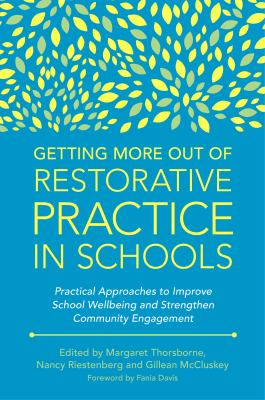
Thorsborne, M., et al. (2019). Getting more out of restorative practice in schools: Practical approaches to improve school wellbeing and strengthen community engagement. Philadelphia: Jessica Kingsley. eBook
Restorative Practice (RP) entails processes and interventions for repairing, building, and strengthening relationships to create school cultures of connection and inclusion. This collection, authored by researchers, psychologists, social workers, youth justice lawyers, trauma specialists, educators, administrators, activists and scientists, answers the question “what’s next?” when it comes to implementing RP. Part 1 establishes best practices for RP implementation, readiness, and evaluation. Part 2 speaks to how RP may be integrated with, and augment, approaches to intersectional factors such as trauma, poverty, and mindfulness. Part 3 “brings it all home” with practical strategies for working well with families and caregivers.
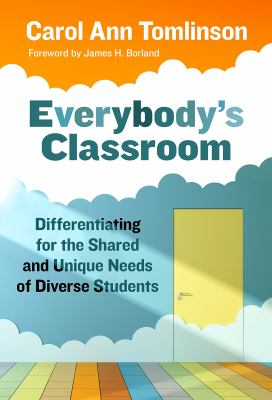
Tomlinson, C A and Borland, J H. (2022). Everybody’s classroom: Differentiating for the shared and unique needs of diverse students. Teachers Colleges Press. Print
Everybody’s Classroom offers a clear framework for understanding differentiated instruction, guiding educators away from “one size fits all” instructional planning in favour of more flexible and adaptive approaches. The book is augmented by charts, tables, and graphic organizers, such as a two-column system for planning “highway” teaching (where students receive whole-group instruction in various ways) versus “exit ramp” teaching (focusing on small groups, individual attention, and other differentiated adaptations). The book also emphasizes getting to know students as individuals – with unique experiences, cultures, languages, assets, challenges, needs, and dreams – as a means to better build safe and successful learning communities.
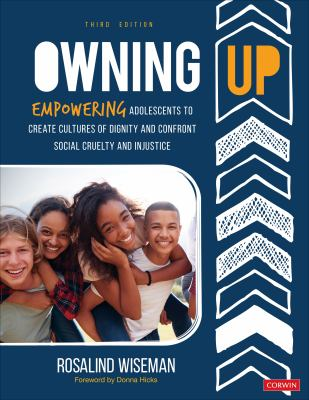
Wiseman, R. (2021). Owning up: Empowering adolescents to create cultures of dignity and confront social cruelty and injustice. Corwin. Print
Owning Up is a curriculum for Grades 6-8 that teaches social-emotional learning through the lens of dignity: the belief that all humans have equal worth and value. Moving beyond basic respect and kindness, Owning Up teaches students to recognize the dignity of others and to stand up for their own inherent worth and value. Lessons on friendship, societal pressures, technology, and tough topics (including sexual harassment, racism, and bias) are set out for each grade level, bolstered by activities, handouts, and online resources.
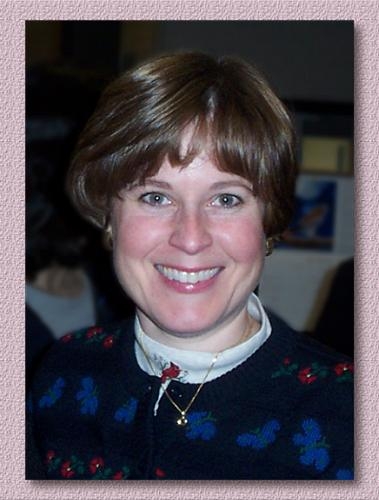
Judy Ameline is a librarian at the Toronto District School Board Professional Library with almost 30 years experience providing reference service. She is passionate about providing TDSB teachers and leaders access to current, cutting edge information in the field of education to support their professional development needs. Check out the Library’s Pinterest Boards and follow her on Twitter @AmelineJudy

Judy Chyung has extensive experience providing Education Reference and Online Services to the educators and leaders of Toronto District School Board at the TDSB Professional Library. She enjoys reading and learning about the trends in education literature, and assisting TDSB educators with their information needs whether for their classroom support or for their professional learning. One of the initiatives that she leads is the curated Resource Guides for Heritage Months celebrated by TDSB. Currently she is deeply involved in developing Subject Guides to support TDSB educators and students with their curriculum resource needs. These Subject Guides can be found in the TDSB Virtual Library under the FIND tab.

Emily Thompson is a Reference and Digital Resources Librarian with the Toronto District School Board Professional Library. Prior to joining the TDSB this year, she spent nearly a decade in public librarianship and is passionate about early literacy. She is excited to be a part of the TDSB Professional Library team, connecting users of all ages with digital resources through the Virtual Library. Follow the TDSB Virtual Library on Twitter: @tdsbVL